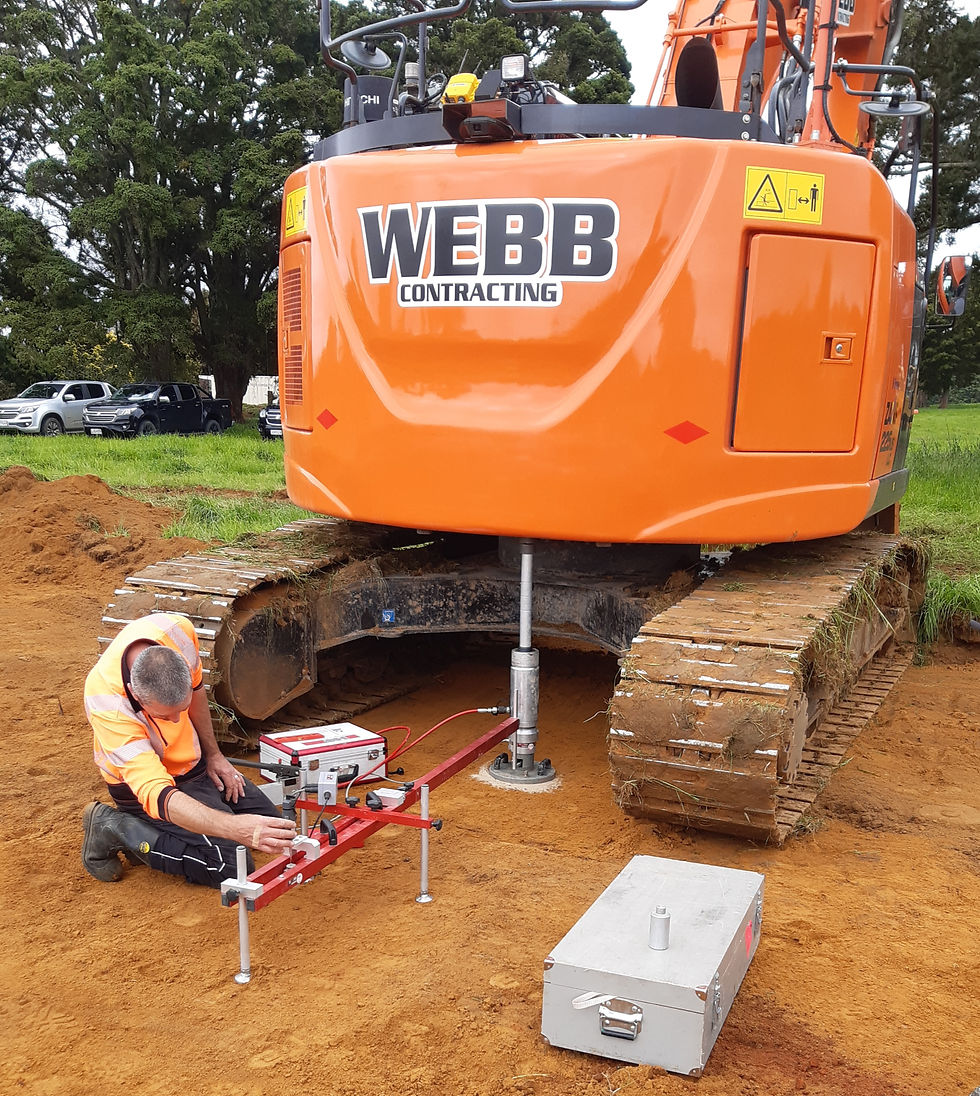Soakage Testing and Soak Pit Design: Meeting New Stormwater Requirements in The Greater Wellington region
- theo1583
- Aug 8, 2024
- 2 min read
Updated: Sep 15
At Cook Costello, we deliver practical, sustainable engineering solutions that balance regulatory compliance, environmental protection, and cost-effectiveness. With the introduction of new stormwater rules by Greater Wellington Regional Council (GWRC) under Plan Change 1 to the Natural Resources Plan, our Wellington team has been leading the way in soakage testing and soak pit design for residential and infill housing projects.
Why the New Rules Matter
Plan Change 1 requires all new developments to manage and treat stormwater runoff on-site through full hydrological control. The aim is simple but important: reduce flooding risk, protect natural waterways, and improve water quality. For developers, owners, and councils, this means stormwater design is no longer optional, it’s a critical part of project feasibility and consenting.
The Soakage Testing Process
Before any design can begin, it’s essential to understand how the ground will handle stormwater. Our process includes:
Site Assessment - Reviewing topography, soil conditions, and natural drainage to identify constraints and opportunities.
Percolation Testing - Measuring how quickly water infiltrates into the soil at different points across the site.
Data Analysis - Calculating infiltration rates and drainage capacity, which become the foundation for reliable design.
This testing provides the evidence needed to design soak pits that will perform during both everyday rainfall and extreme storm events.
Designing Effective Soak Pits
Based on the soakage testing results, our team designs soak pits tailored to each site's specific conditions. The key considerations in our designs include:
With test results in hand, we tailor each soak pit design to the site’s specific conditions. Key design considerations include:
Capacity – Sizing pits to handle peak stormwater volumes.
Location – Selecting sites with high infiltration rates and safe setbacks from structures.
Materials – Using rock-filled pits or modular systems to maximise infiltration.
Maintenance – Incorporating access for inspection and cleaning to keep systems working long-term.
Benefits Developers, Councils and Communities
Environmental Protection – Reduces runoff impacts, prevents localised flooding, and safeguards waterways.
Regulatory Compliance – Ensures developments meet GWRC’s stormwater management requirements.
Sustainable Outcomes – Supports natural groundwater recharge and reduces reliance on artificial drainage systems.
Cost Certainty – Early testing and design reduce the risk of unexpected delays, redesigns, or compliance issues later in the project.
Cook Costello’s Experience
From infill housing developments to larger subdivisions, our team has delivered dozens of soakage testing and soak pit design projects across Wellington. Each one is an example of how we help clients meet new stormwater requirements while achieving efficient, buildable, and sustainable outcomes.
Build with certainty, from site testing through to stormwater design.





